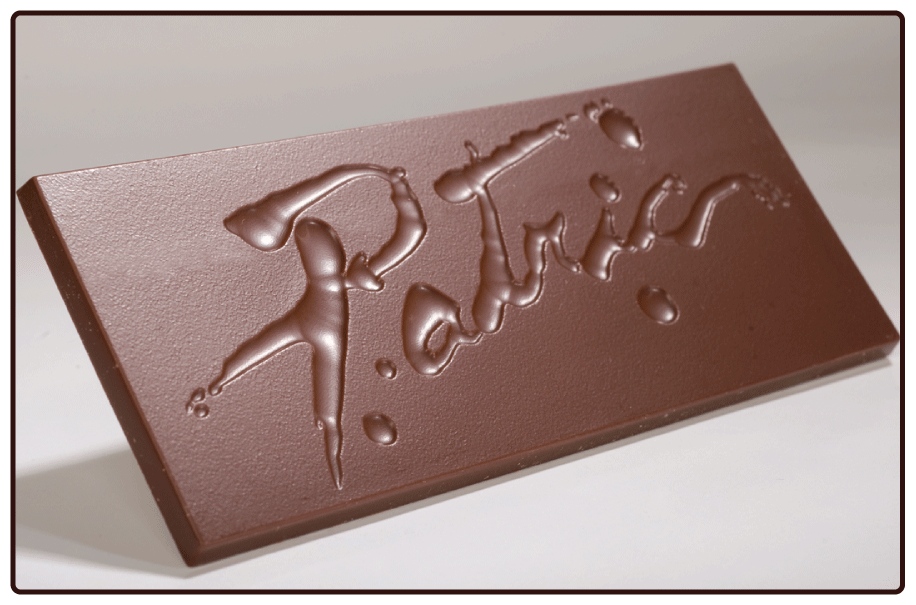 This response we hear from Alan McClure. Alan is founder & craft chocolate maker at international award-winning Patric Chocolate. He is available for consulting regarding all parts of the bean-to-bar, chocolate-making process, and issues related to running a craft chocolate company, including cacao sourcing, chocolate machinery selection, and chocolate formulation. Here’s what he told us:
This response we hear from Alan McClure. Alan is founder & craft chocolate maker at international award-winning Patric Chocolate. He is available for consulting regarding all parts of the bean-to-bar, chocolate-making process, and issues related to running a craft chocolate company, including cacao sourcing, chocolate machinery selection, and chocolate formulation. Here’s what he told us:
“I first made chocolate in 2004, in my kitchen, for fun. That one experience turned into a serious hobby, and then finally an attempt at a career when I started Patric Chocolate in 2006. The last seven and a half years of thinking about chocolate-making professionally have taught me a lot about so many things.
I was incredibly naïve when I started out and didn’t even know most of the questions, let alone the answers to them. One thing that I have figured out over time is that there is not nearly as much good cacao out there as one might expect. The vast majority of samples that I get, from any country at all--even famed cacao-producing nations like Venezuela—range from terrible to average. Then, of course, once I have found something good, I can never be sure that the sample will actually match what shows up in the burlap bags. Sourcing is a never ending challenge, and one that is certainly much harder than I ever thought it would be. My advice is to learn how to do a proper cut test. A lot of people have a hard time with this. There is actually an old book out there filled with full-color cut tests. I referred to it often early on, but can no longer remember the name of it. At any rate, when the cut-test does look good, do a test roast with a roast profile on the light to medium side. Make chocolate liquor or a high% test-chocolate out of the results, and trust your mouth and nose. Something that is going to make excellent chocolate will not taste like nacho cheese or trash can, and it isn’t your roast that caused it. Also, if you do like something, get the producer to tell you what lot and harvest the sample came from. Was it from a lot of bags that are ready to go, or was it pulled from another lot 6 months ago—perhaps a better-fermented one. When in doubt, ask for another sample, and specify that it come from the cacao that will be shipped to you. Also, have the producer agree that what you’ll receive will come very close—clarify what “close” means-- to matching the cut-test specs of the sample, and get it in writing. If they won’t agree to that, there is probably a reason why. This won’t solve all problems, but it will help detect if something fishy is going on in many cases. There are more possible safeguards, and companies such as Atlantic USA or Mitsubishi that broker cacao transactions, even small ones where the cacao was sourced directly by the chocolate maker, will be able to advise. Happy chocolate making!”
Alan "Patric" McClure
Founder and Head Chocolate Maker
Patric Chocolate
Facebook: patric.chocolate

